-
Witch Hazel in Spring
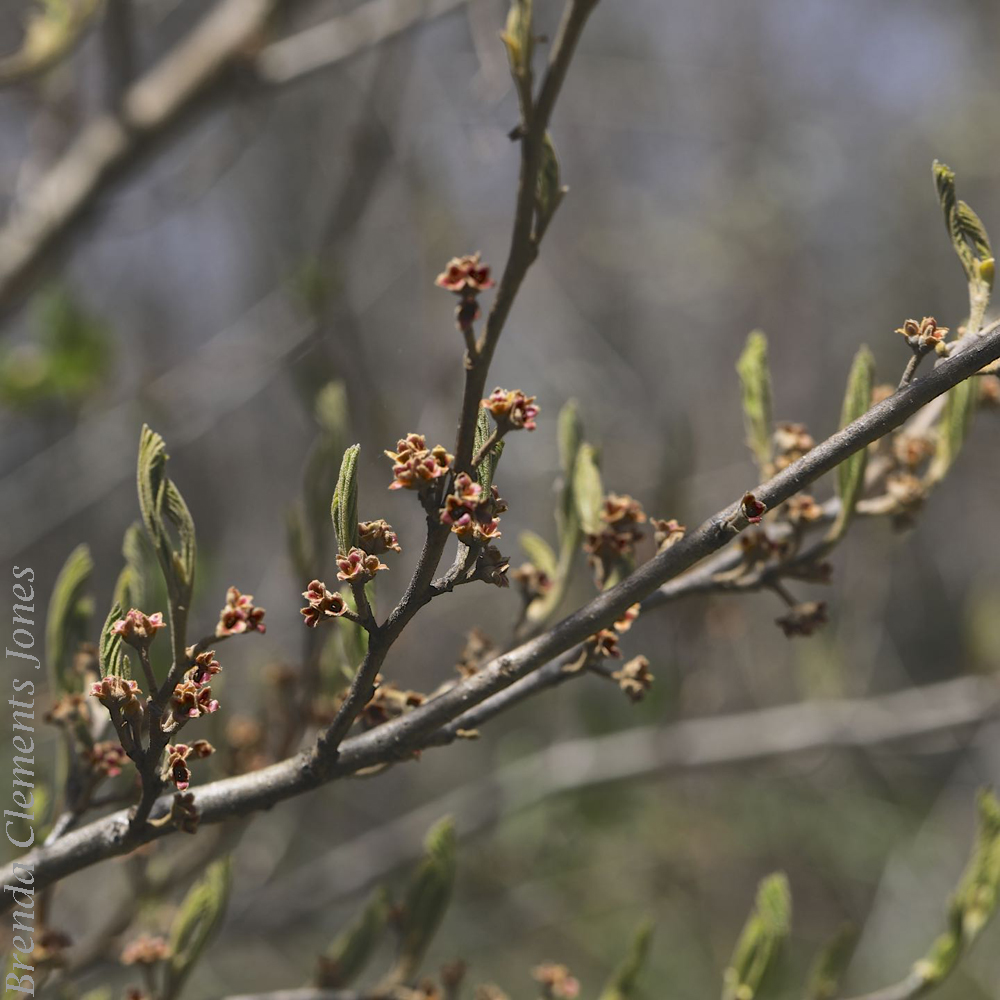
American witch-hazel (Hamamelis virginiana), my hero. “The American witch-hazel (Hamamelis virginiana) is one of those plants that would like to have everyone’s undivided attention. You know the type: a bit of a rebel, marches to the beat of its own drum. This native shrub’s unwillingness to heed convention has made it popular among gardeners for…
-
Autumn Color Change
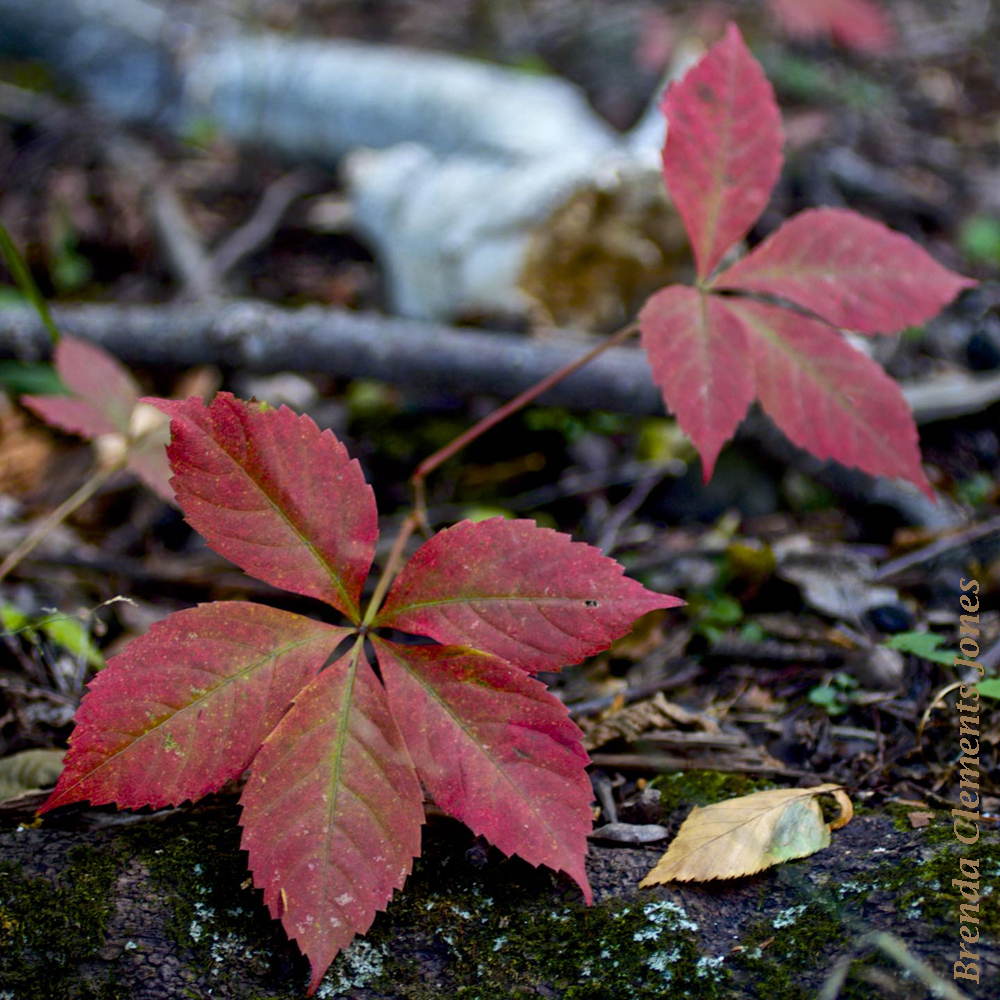
During the summer months the trees around us are covered with green leaves. The green color in those leaves is thanks to a green pigment, chlorophyll, that the leaves use to capture the sun’s energy. That energy is used to change water and carbon dioxide into glucose and oxygen, in a process called photosynthesis. Glucose…
-
Female American Redstart
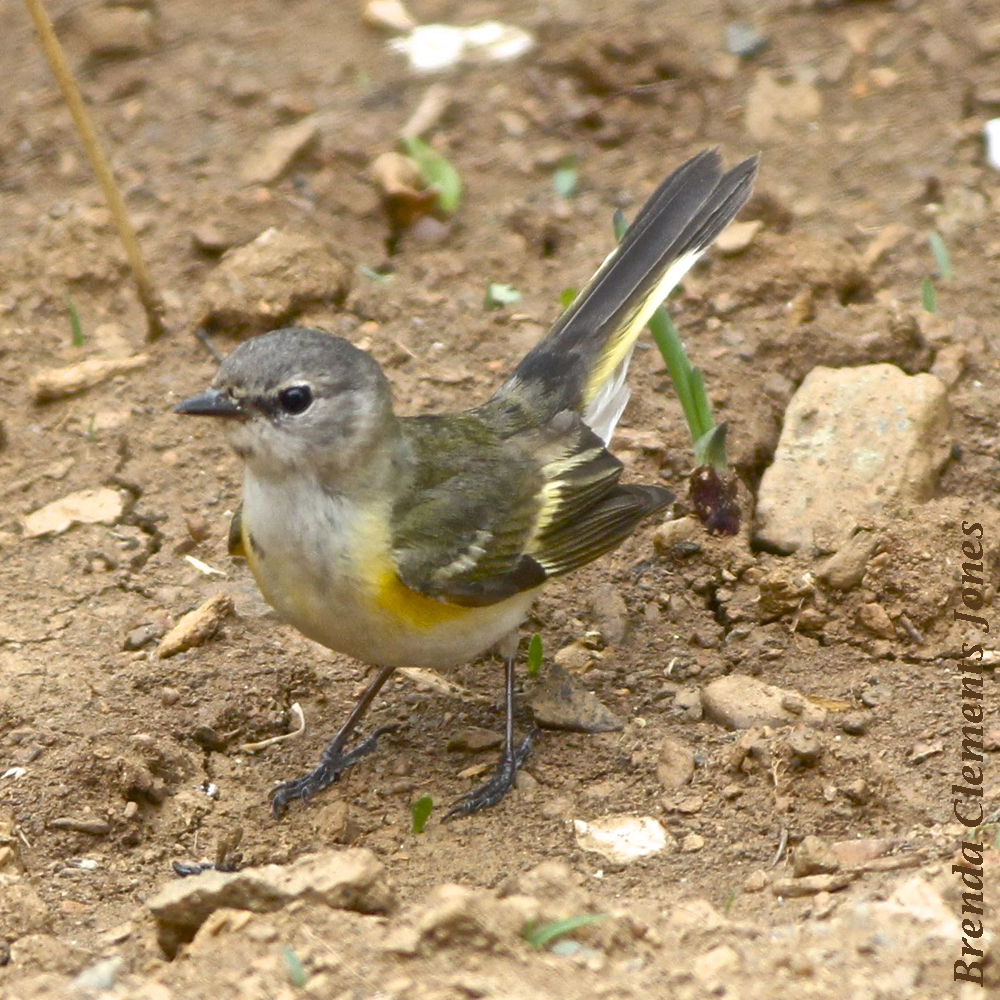
She’s a faithful daily visitor. A female American Redstart (Setophaga ruticilla). Many times a day I’ll see her either patrolling the garden in her search for insects or more often splashing around in one of the birdbaths. I can’t stress strongly enough, the birdbaths I have in my garden areas are used often. Right now,…
-
American Redstart
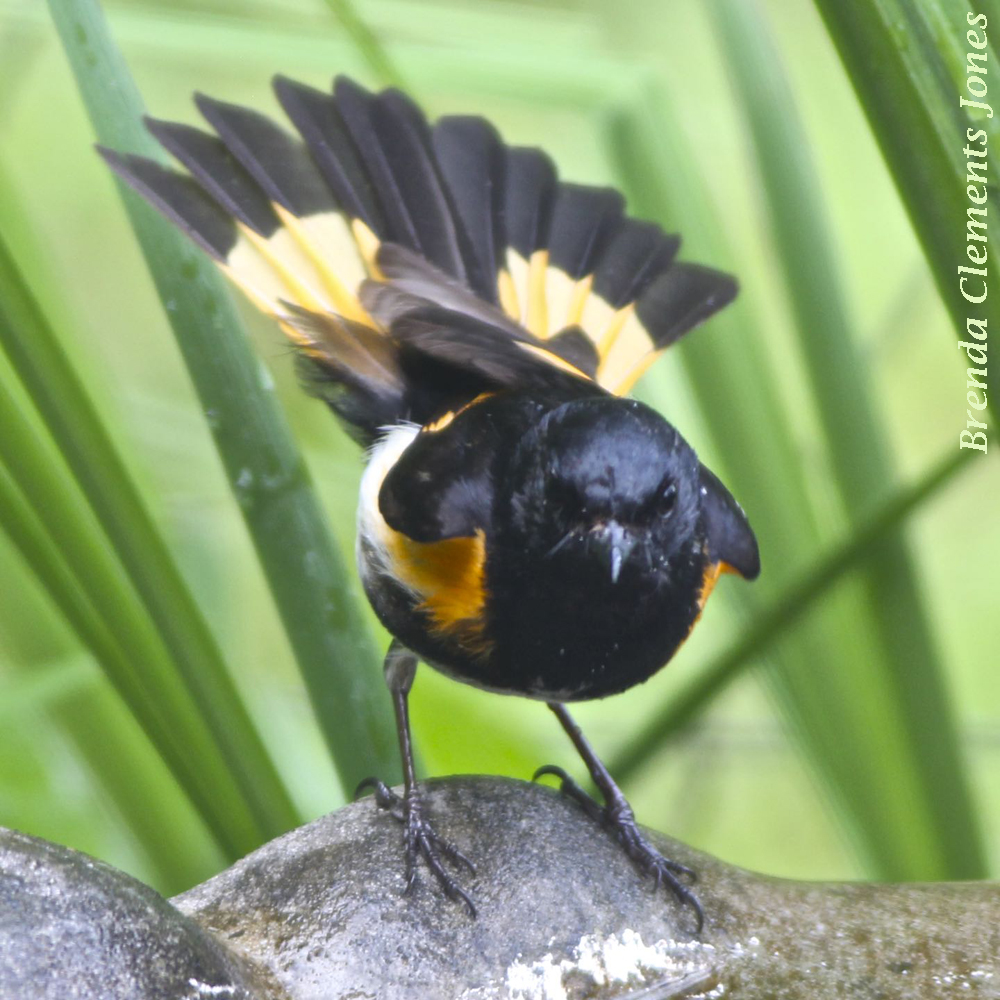
Hallelujah! More of my summer birds have arrived! A few days ago I mentioned that both male and female Ruby-throated Hummingbirds have presented themselves. Now, this morning I spotted my first American Redstart (Setophaga ruticilla). A male, looking quite handsome in his striking black and orange feathers. The female of this species is also quite…
-
More Eastern Phoebes
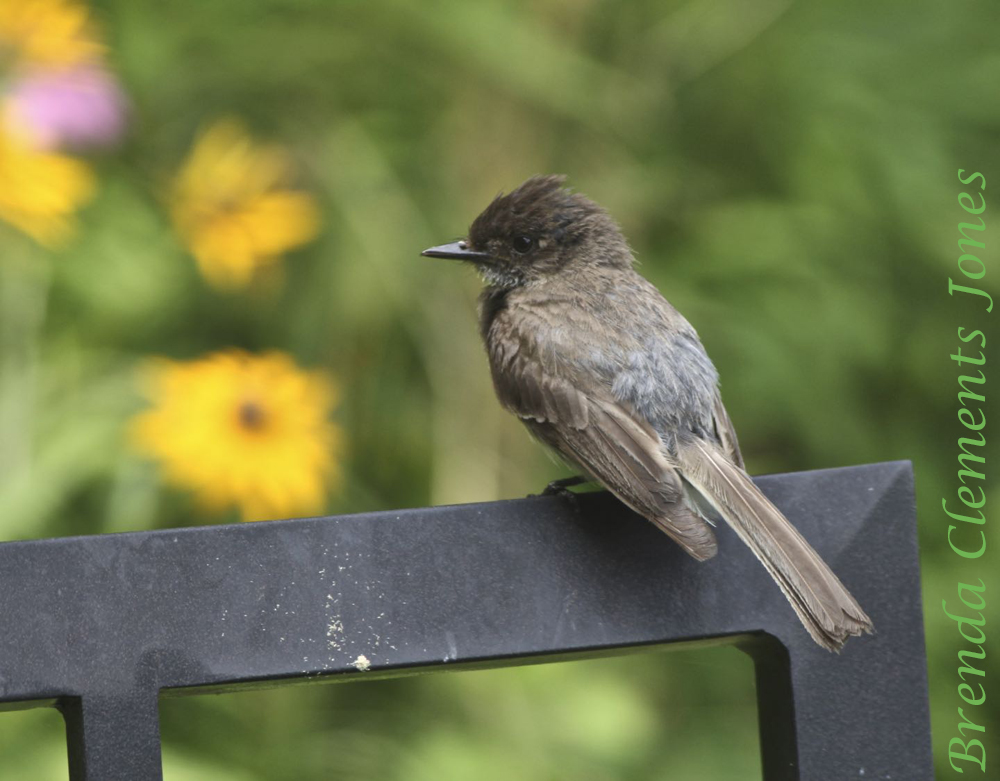
That bobbing of the tail and saying its name makes identification of the Eastern Phoebe (Sayornis phoebe) mighty easy. Many bird songs baffle me, but this one is easy. Just think “fee-bee” (Phoebe) and you’ve got it. I was delighted as I was refreshing my memory about what Phoebes eat to see that they not…